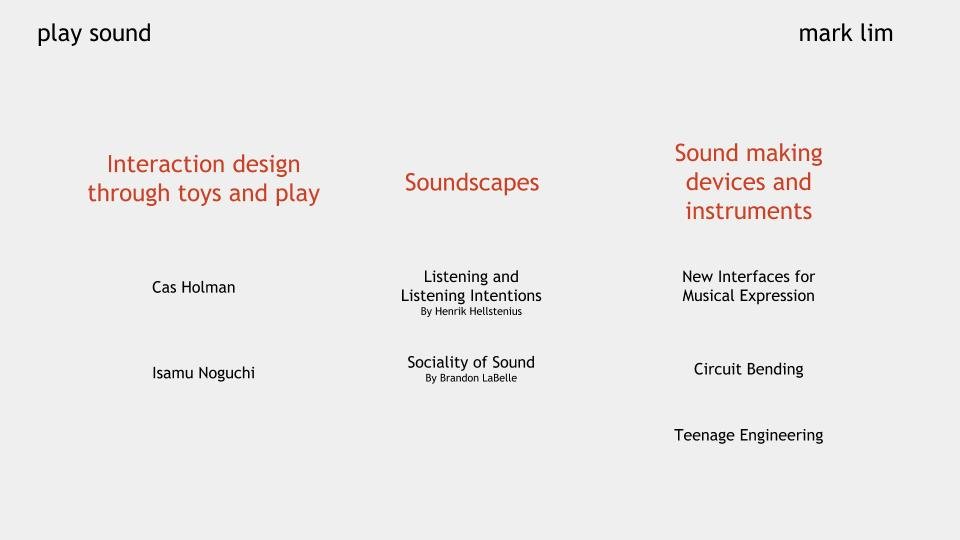Over the weeks I came across two devices/synths that brought up new topics to think about.
The Wormhole Actualisation Machine (WAM) by Alan Watts

I still don’t really know the purpose of the machine but watching the video and reading through the documentation, it presented a device that draws for attention, interaction and messing around with every knob and button available.
The combination of the movement of the lights and the correlation to the sounds it creates makes it so enticing. There is a strong cause and effect relationship with the movement of the knobs and modes that encourages exploration with the different modes of the device. eg.
Intensity of the lights spinning -> increasing sounds of the speeds
Question to self : How do i arrange and create feedback from simple knobs, buttons, levers to encourage the act of exploration and play?
Suiko ST-50
The Suiko ST-50 presents a new angle of synthesizer and music production as the biggest takeaway from learning about it is how the keys are not in the western notation of piano keys. They have their own key structure and sounds that are not native to users with western musical backgrounds.
The idea of people relearning or trying to compose by trial and error and playing by ear is an element I would like to encourage in the current project. Another interesting note is thinking about who were the main consumers of this synthesizer and what context are they using this instrument. What kind of music or client or projects they are making with this! The sounds created from this synth grew from traditional sounding japanese instruments all the way to spacey- futuristic sounds. It prompted me to imagine also how did people from different musical backgrounds perceive the sounds of the future to be.
This reminds me of a quote from Giorgio Moroder, in the 1980s imagined the sounds of the future to be digital acid sounding synthesizers.
“I wanted to do an album with the sounds of the fifties
The sounds of the sixties, of the seventies
And then have a sound of the future
And I thought: “Wait a second
I know the synthesizer, why don’t I use the synthesizer
Which is the sound of the future”
And I didn’t have any idea what to do but I knew I needed a click
So we put a click on the 24-track which was then synced to the Moog modular
I knew that it could be a sound of the future
But I didn’t realize how much impact would be”
Also quick sneak peek of the prototypes I’ll be working on revolving around experiments with a contact mic and a slinky.
















